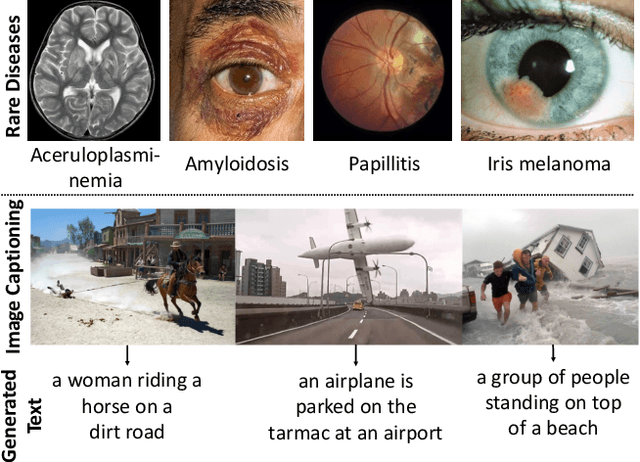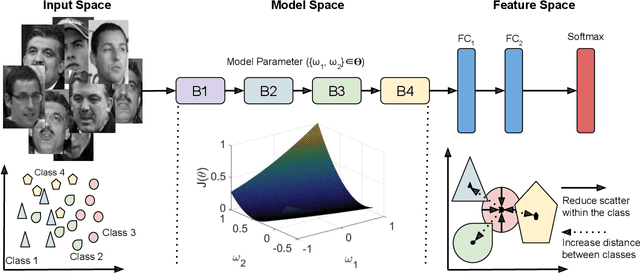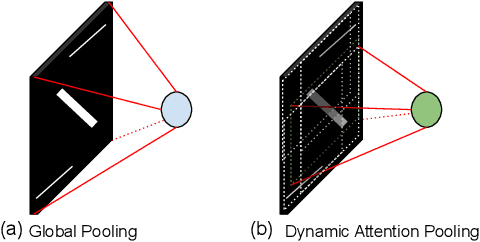Unravelling Small Sample Size Problems in the Deep Learning World
Paper and Code
Aug 08, 2020



The growth and success of deep learning approaches can be attributed to two major factors: availability of hardware resources and availability of large number of training samples. For problems with large training databases, deep learning models have achieved superlative performances. However, there are a lot of \textit{small sample size or $S^3$} problems for which it is not feasible to collect large training databases. It has been observed that deep learning models do not generalize well on $S^3$ problems and specialized solutions are required. In this paper, we first present a review of deep learning algorithms for small sample size problems in which the algorithms are segregated according to the space in which they operate, i.e. input space, model space, and feature space. Secondly, we present Dynamic Attention Pooling approach which focuses on extracting global information from the most discriminative sub-part of the feature map. The performance of the proposed dynamic attention pooling is analyzed with state-of-the-art ResNet model on relatively small publicly available datasets such as SVHN, C10, C100, and TinyImageNet.
 Add to Chrome
Add to Chrome Add to Firefox
Add to Firefox Add to Edge
Add to Edge